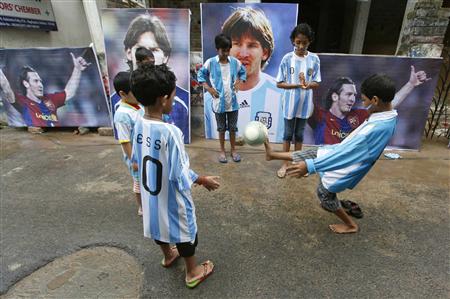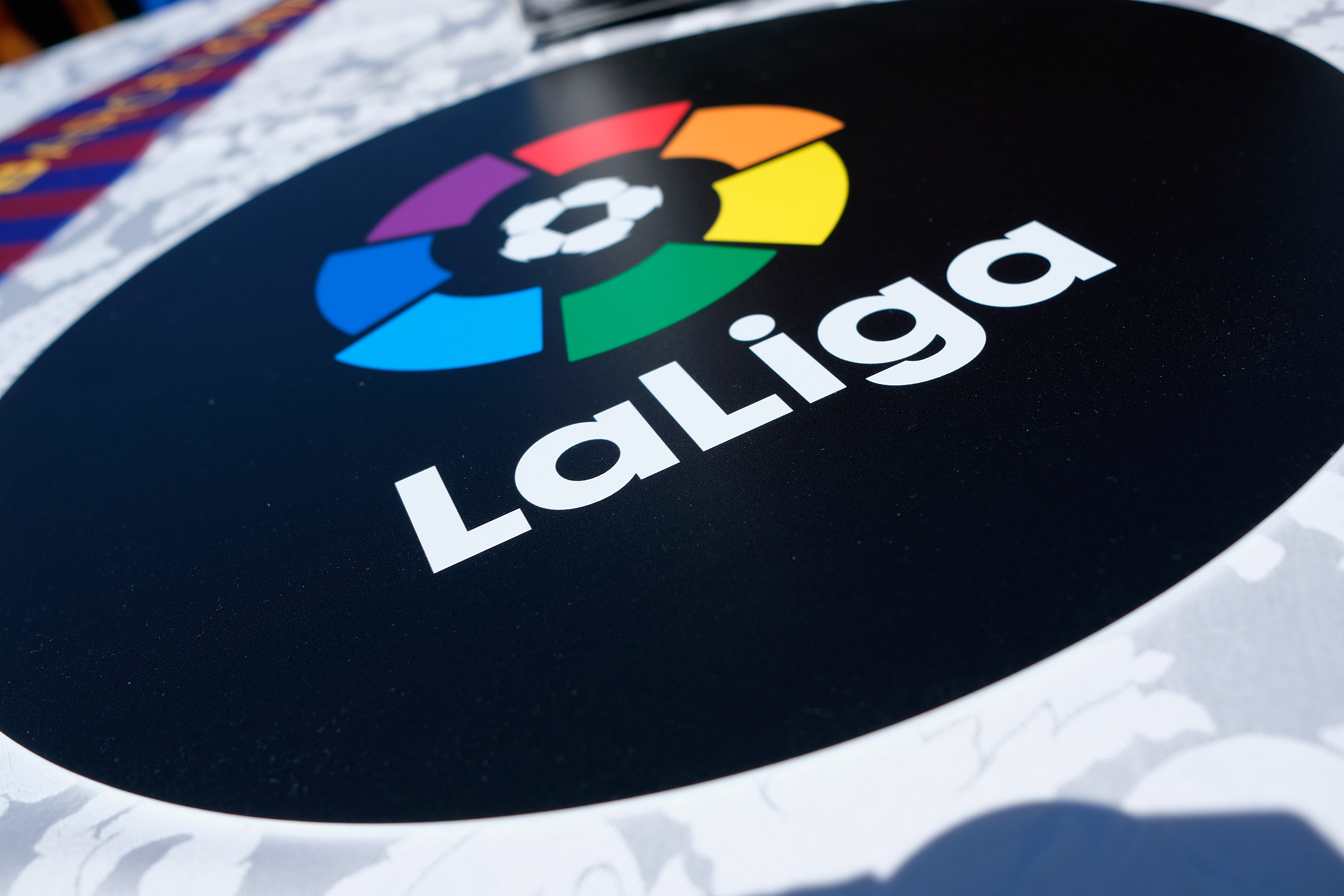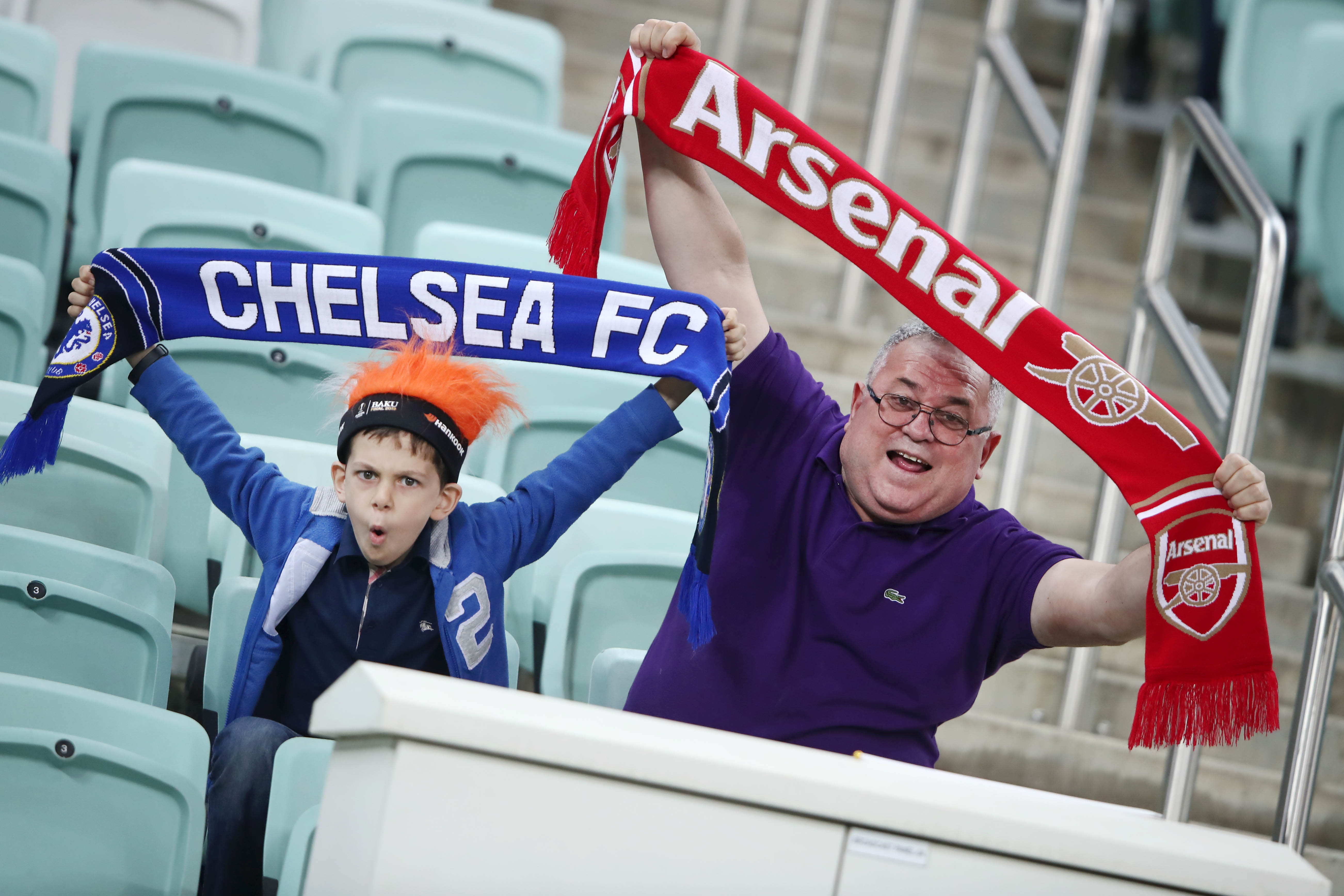At 8.59 PM yesterday, when referee A. Rowan blew the whistle at the Yuvabharati Krirangan, millions of football fans all over India had probably gasped for breath. After all, it completed the 90 minutes rendezvous with Lionel Messi and his Argentinean team. The Albicelestes won by a solitary goal against an equally competing Venezuela, surely comforting Alejandro Sabella on his maiden appearance as the Argentinean coach. The match was an evenly contested one, with the 44th ranked team in the world, Venezuela, constantly pressurizing the Argentinians, as both teams had fair chances to score. But the magician No. 10 Lionel Messi sparkled all through the match, giving the 80000-odd spectators a treat for their lifetime. The small turns, sudden dribbles and lightning speed witnessed over the years through live television action finally arrived for the first time on Indian soil.
Messi – An inspiration to many in India!
The “Messi-mania”, as the media has termed it, has brought forth several important points in the last few days and amidst the deafening roars of Messi’s name, they should not get lost. Friday’s match will forever go down in the history as the first ever FIFA international friendly held in India. A nation that had possessed a rich legacy of football has become redundant with time – the national team now being placed at a hapless 158th in the FIFA rankings. But, probably for the first time in the country’s sports history, a sports event besides cricket garnered so much media and public hue and cry all over the country. In an otherwise indifferent attitude towards the game, wherein not even 2 columns are dedicated in the newsprint to the state of affairs in Indian football, the last one week has seen numerous articles, interviews, photo essays and features across the national media.
The country, especially Kolkata, has hosted several footballing giants in the recent past including Maradona, Oliver Kahn, Pele, Roger Milla, Zico among others. But nearly all of them arrived at the fag end of their careers or as managers of other teams. But as the Argentinean team stepped onto the astro turf at the Saltlake Stadium, it marked the coronation of the current best footballer in the world – Lionel Messi, as the Argentinian captain. The match, organized by Kolkata-based Celebrity Management Group, has garnered an approximate revenue of nearly 17 crores including broadcasting rights, sponsorships and gate sales. In a country which breathes cricket all over the year, this is surely an amazing feat. Moreover, it also showed that if possible measures are taken, the country is in a position to host more such International matches in the near future. The pressure to host a match of this stature thus forced the newly elected West Bengal Government to renovate the 120000-seater Saltlake Stadium, which till recent past lacked the basic amenities expected at a world class stadium. But an avid football fan can only dream for the best after seeing a successful organization of the match.
With the increasing penetration of European Leagues in our living rooms, the young generation in the country is slowly turning their attention back to the game. A lot of positives have come up in the recent years with English clubs opening football clinics, mutual exchange programmes with several world class football academies and Indian corporate investment in EPL and other leagues. This year, a whopping deal was signed between IMG Reliance and the AIFF for a complete restructuring and redevelopment of Indian Football. A match like Friday’s can only add more fuel to the already raging fire.
When Baichung Bhutia made his first appearance for Bury FC in 1999, he became the first Indian player to play overseas. His attempt to explore the unknown terrain of tough competitive football was a visionary one, inspiring many who grew up idolizing him. 11 years later when Suneel Chettri stepped onto the field as a Kansas City Wizards striker, he became the first player to try out in the Major Soccer League, USA. Others such as Gaurmangi Singh, Anwar Ali and Subrata Paul have been called by overseas clubs for trial, though they have largely been unsuccessful. But a start has been made and one expects it to get only better from here.
Many former footballers, fans and journalists believe that I M Vijayan, one of the best footballers the country has produced in the last 20 years, had the genius to play for any club in the world. But he could not, largely due to his background, education and lack of facilities. Standing today in the last quarter of 2011, there is much hope that trickles in the horizon of the country’s football. But as Bhutia pointed out on several occasions, there is a lack of basic infrastructure and facilities that can actually groom the players till they reach the mature age. The game is still largely concentrated in the erstwhile pockets of Bengal, Goa, Mumbai, Kerela and largely the North Eastern states. Except the sub culture of rivalry that marks the occasional Kolkata and the Goan derby, there is hardly any spectatorship. Television coverage is inadequate, though Zee sports had tried their significant best to showcase Indian Football. Mohd Bin Hammam, the former AFC president, had recently termed India as the sleeping giant in world football and even FIFA president Schep Blater has expressed his desire to see the Indian team playing the World Cup in the next ten years.
Amidst the glaring flood lights at the Saltlake Stadium, few would have actually harped upon the fact that the same Venezuelan team was ranked 110th in 1999, when the Indian team was ranked four places above, at 106th. While their rise has been meteoric, ours have been a downslide. Nevertheless since 2003, under Stephen Constantine and Bob Houghton, the Indian Football team managed to create some flutter in the continent by winning the Nehru Cup, AFC Challenge Cup, LG Cup and also by qualifying for the Asian Cup this year after twenty seven long years. The hopes for 2014 World Cup and 2012 London Olympics have been slashed with the national team failing to clear the first round, respectively. But the likes of Raju Gaekwad and Jeje have shown that they are ready for the grueling road ahead. AIFF president and the Union Heavy Industries Minister Praful Patel has often repeated that he wants football to become the second popular sport, after cricket. But it’s easier said than done.
With cricket hogging the limelight throughout, matches such as the one on Friday, which have international importance, can bring football back into the national imagination. Gone are the days when the Indian Football team used to rub shoulders with their Argentinean and Hungarian counterparts in the Nehru Cup. In the 1984 Nehru Cup, the National team lost by a solitary goal to the Argentinean side, which went on to win the 1986 Football World Cup.
The likes of Messi, Aguero, Mascherano, and Di Maria might stay in Kolkata for the next two days, but may hardly realize that they have ignited the fire in the minds and hearts of thousands of Indian football fans. We may not have an Old Trafford or a Camp Nou, but across the small hamlets of Shillong, Pune, Ludhiana and Cochin, numerous kids will be gearing up for the road less traversed to rewrite the football history of the nation once again.
– Arindam Banerjee






